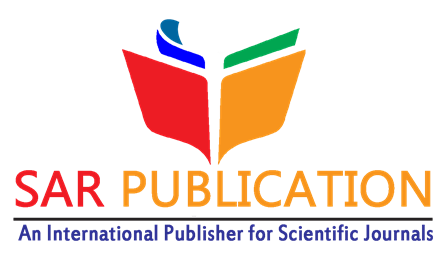A Review of Alterg® Anti-Gravity Treadmill Efficacy in Orthopedic Patients with Lower Limb Conditions
James M. McKivigan, Gina M. Tulimero, Katherine Joines
South Asian Res J App Med Sci | Pages : 261-269
DOI :
https://doi.org/10.36346/sarjams.2025.v07i05.002
Background: Patients with lower extremity injuries or surgeries cannot perform basic everyday activities, such as going outside, walking, or running. Their consequent social isolation can result in various problems, including depression and metabolic syndrome. Anti-gravity treadmill training has been used in these patients, enhancing gait speed and endurance and improving quality of life. The authors performed a literature review to investigate published studies that reported the effectiveness of anti-gravity treadmill training in orthopedic patients with lower limb conditions. Methods: The following databases were searched until May 10, 2022: Pub Med, The Cochrane Library, Science Direct, PEDro, ClinicalTrials.gov, and Google Scholar. Original articles of any design reporting on AlterG® anti-gravity treadmill in orthopedic patients with lower limb conditions were included. Information related to the study design, sample size, participants, control group, AlterG® therapy, and critical findings of the study were extracted. The appraisal checklist for studies devised by the Joanna Briggs Institute (JBI) was used to assess the quality of the studies. Results: Fifteen research articles (totaling 201 participants) were retrieved and included for qualitative analysis. The sample size ranged from 1 (case report) to 29, with years of publication from 2011 to 2022. Four of the 15 studies were conducted in the United States, followed by the United Kingdom, Iran, Japan, China, Italy, Germany, Turkey, and Korea. Of the 15 studies included, most had a moderate to low risk of bias. Anti-gravity treadmill training was proven to be safe and beneficial for subjects with lower extremity fractures and those who underwent orthopedic surgery. Compared to those who received standard rehabilitation, these patients had more minor symptoms, a higher quality of life, significantly better gait, and reduced leg muscle atrophy. Conclusion: Anti-gravity treadmill training can assist patients with lower extremity injuries in walking upright by reducing biomechanical risks during neurological and orthopedic rehabilitation. It will help patients retrain their muscles, increase endurance, relearn how to walk, and improve their overall quality of life.
